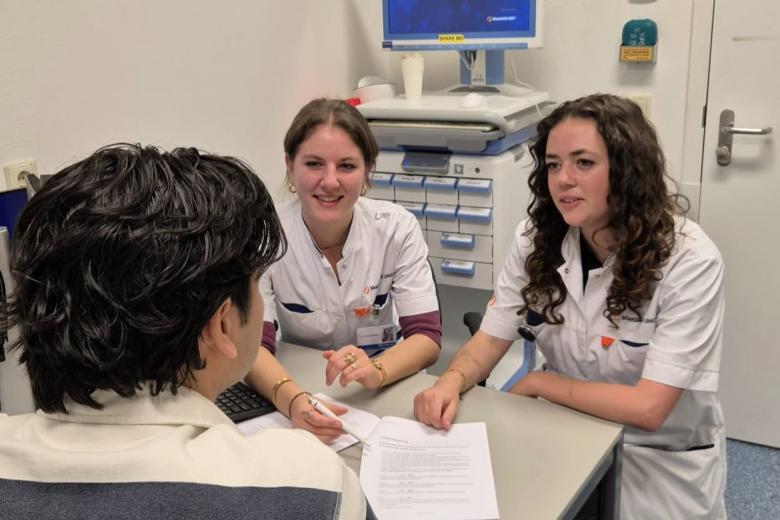Successful app UNU Jargon Buster deciphers UN language
CHAP, RIMLG, WEEE, UNSSSS, SDGs: even experienced social scientists struggle to sift through the web of UN acronyms. Howard Hudson, a communications coordinator at UNU-MERIT, created an app to decrypt confusing UN jargon. His idea drew the attention of Reuters press agency and the president of the UN General Assembly, who even mentioned it on Twitter.
Hudson knows first-hand how baffling UN texts can be, which are often littered with acronyms. To make things easier for himself, he started working on a glossary. This ultimately led to the development of an app for iOS and Android, created in collaboration with his UNU-MERIT colleague Iulia Falcan and the local company Mediablenders. The app includes 450 acronyms and abbreviations, from AAR to WTO, and is geared towards students, researchers and policymakers.
Reuters published an article on the topic that has been used by dozens of media outlets, including channelnewsasia.com, businessinsider.com, newsdaily.com, yahoonews.com, euronews.com and dailymail.co.uk. Mogens Lykketoft, president of the 2015 General Assembly, even mentioned the app on Twitter.
Also read
-
More than a student job: five alumni about their unique role in groundbreaking vascular research
What is it like to take part in cutting-edge vascular research as a student, standing in the operating room, directly responsible for handling patient material? Five alumni of the Maastricht MAPEX student team share what they learned, the challenges they faced, and how this experience shaped their...

-
Maastricht University ranked #3 worldwide and #1 in Europe in 2025 Better World MBA Ranking
We are incredibly proud to share that the MBA programmes of Maastricht University School of Business and Economics’ executive branches, MSM and UMIO, have once again been recognised among the very best sustainable business MBA programmes worldwide. In the 2025 Better World MBA Ranking by Corporate...

-
Young people in higher education mainly choose based on their interests. A better link with labour market opportunities is needed.
Against the backdrop of structural labour market shortages, it is of social importance that young people choose courses that not only match their interests and talents but also lead to occupations with good employment prospects and social value, particularly in sectors such as healthcare, education...
